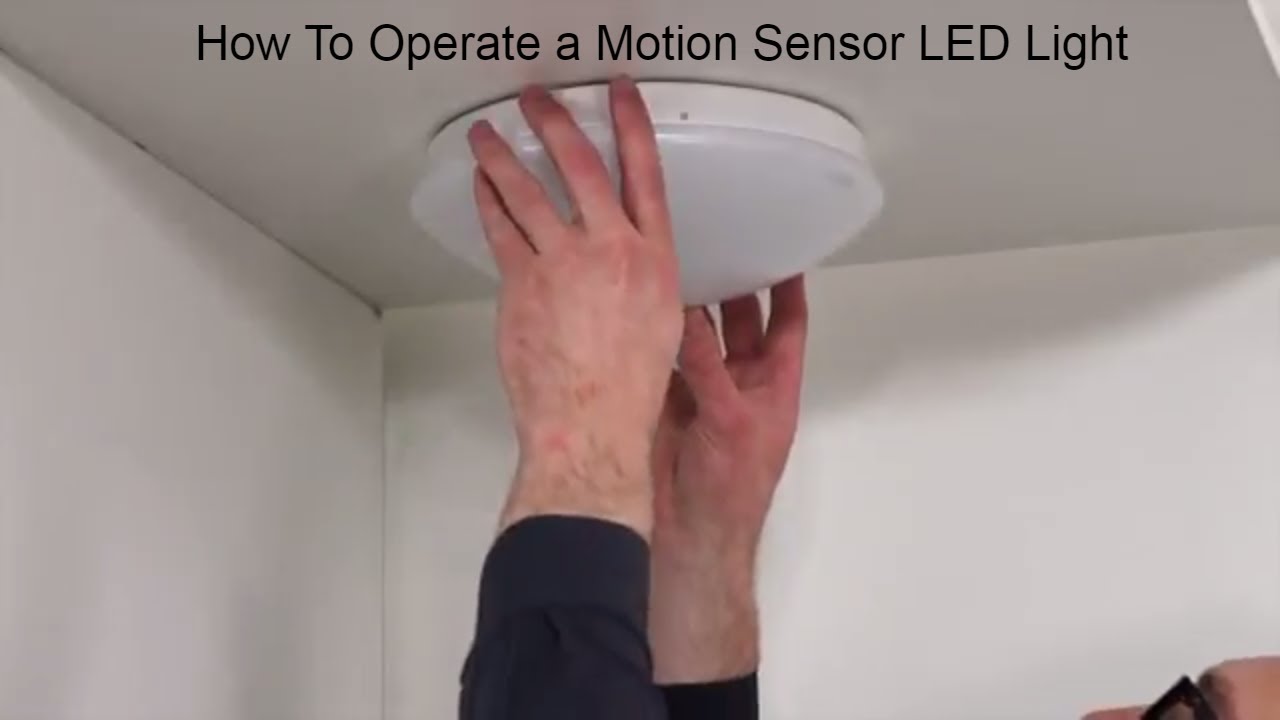
Garage Doors and Parts – Motion-Sensor LED Lighting Systems have gained popularity in recent years. Their combination of energy efficiency and convenience appeals to many homeowners and businesses. These lighting systems activate automatically when motion is detected. This feature not only saves electricity but also enhances security around properties. The technology behind motion sensors has improved, making LED lighting more reliable and affordable. In 2025, the demand for these systems continues to rise due to growing awareness of smart home solutions. Consumers appreciate how these lights blend functionality with modern design.
Motion-Sensor LED Lighting Systems offer several advantages. First, they help reduce energy consumption by only turning on when needed. This efficiency lowers electricity bills and benefits the environment. Second, they improve safety by illuminating dark areas instantly. This helps prevent accidents and deters potential intruders. Third, installation is typically straightforward, and many models are wireless. This makes upgrading existing lighting systems easy and cost-effective. Additionally, LED bulbs last longer than traditional bulbs, requiring less frequent replacements. Their durability suits both indoor and outdoor settings, including garages, pathways, and entrances.
“Read about: National Garage Door Safety Month: Protect Your Home and Family”
Motion sensors detect movement using different technologies. Infrared sensors sense heat emitted by humans and animals. Ultrasonic sensors emit sound waves and measure echoes to detect motion. Microwave sensors send out microwave pulses and analyze reflected signals. Most modern systems combine these methods to reduce false triggers. When motion is detected within a preset range, the LED light activates immediately. The light remains on for a predetermined time before switching off. Users can often customize sensitivity, brightness, and timing to fit their needs. This flexibility enhances user experience and satisfaction.
“Read more: San Antonio’s Chili Cook-Off: A Spicy Start to a New Tradition”
Motion-Sensor LED Lighting Systems find applications in various settings. Homeowners use them for security lighting around yards, garages, and driveways. They also install them indoors in hallways, closets, and basements for convenience. Businesses employ these systems to improve workplace safety and reduce energy costs. Parking lots, warehouses, and entryways benefit from motion-activated lighting. Hotels and public buildings integrate motion sensors to create smart, energy-saving environments. As smart home technology advances, these lighting systems become part of larger automated setups. Integration with voice assistants and security cameras enhances their utility.
The market for Motion-Sensor LED Lighting Systems has expanded significantly. Increased consumer demand drives innovation and competitive pricing. Manufacturers focus on improving sensor accuracy, light quality, and connectivity options. Wireless and solar-powered models are gaining traction for eco-conscious buyers. Integration with smart home platforms like Alexa, Google Home, and Apple HomeKit is becoming standard. Future trends include adaptive lighting that adjusts brightness based on ambient light. Enhanced AI algorithms will reduce false alarms and improve energy savings. As costs decrease, more consumers and businesses are expected to adopt these systems.
Motion-Sensor LED Lighting Systems represent a smart choice for modern lighting needs. They offer energy savings, enhanced security, and convenience in one package. Continuous technological advancements ensure these systems will keep evolving. Whether for residential or commercial use, their benefits make them increasingly popular. The future of lighting is undoubtedly bright and smart with motion-sensor LEDs.
This website uses cookies.